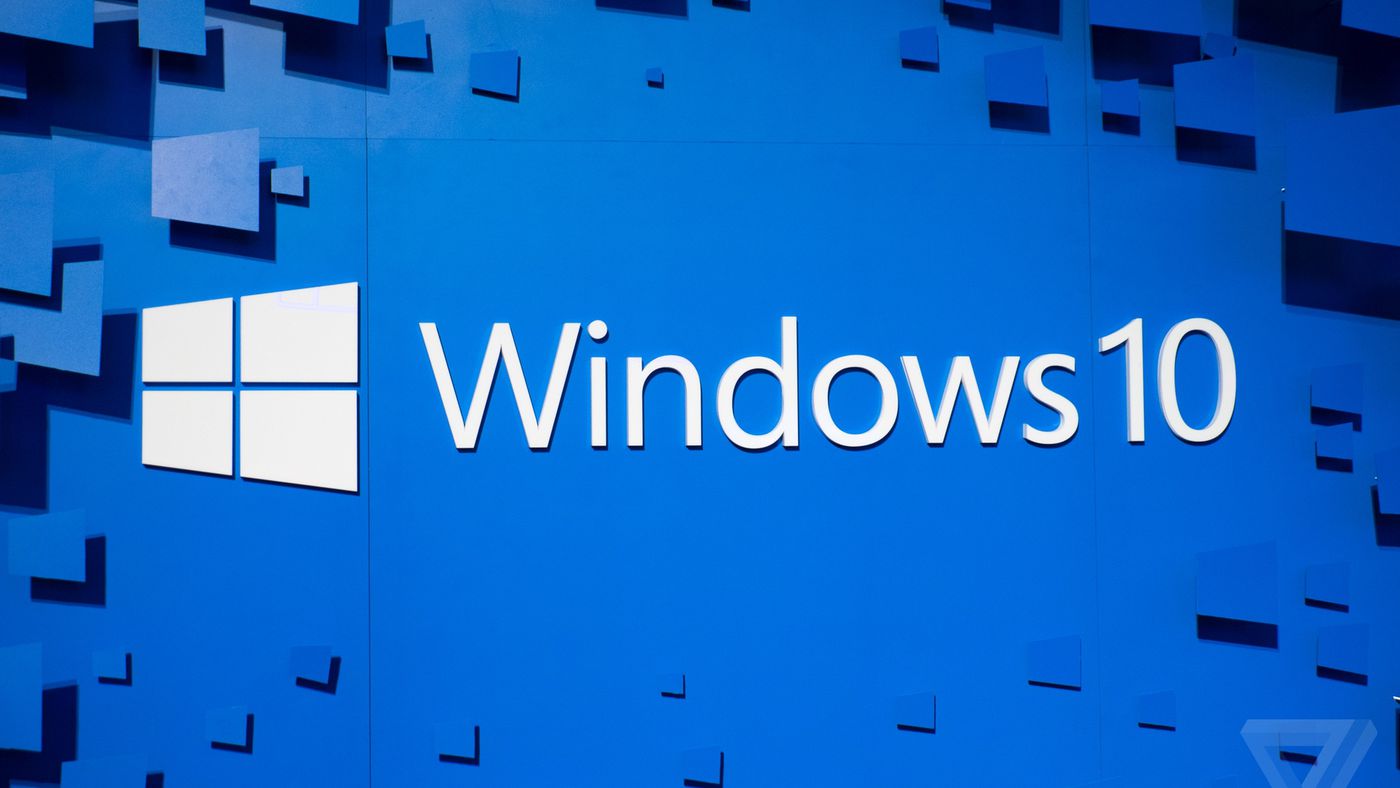How to use DiskPart not working in Windows 10
 |
| How to use DiskPart not working in Windows 10 |
In Windows 10, when an external drive (USB flash drive, SD card, or secondary drive) stops working due to data corruption or other logical issues, DiskPart can help erase everything properly and clean it with a new partition.
DiskPart is an old command line tool designed to manage virtual disks, partitions, volumes, and hard drives using Command Prompt, which usually works better than other Windows 10 tools, such as Windows 10.
In this Windows 10 guide, we’ll walk you through the steps of using the DiskPart command-line tool to clean and format a hard drive to fix data corruption and other issues.
Important: These instructions will erase everything on the selected drive and will not allow you to undo changes. If the drive is still accessible, it is recommended that you back up your data before proceeding. If you have multiple drives connected to your device, we recommend disconnecting them to avoid selecting the wrong device.

How to use DiskPart not working in Windows 10
To use DiskPart to fix storage drive issues in Windows 10, please follow the steps below:
1. Go to Start.
2. Find Command Prompt, right click and choose Run as administrator.
3. Type the following command to run DiskPart and press Enter:
Diskpart
4. Type the following command to list all active drives and press Enter:
Hard drive list
5. Type the following command to select the drive you want to clean and press Enter:
Select the hard drive DISK-NUMBER
6. In the command, replace DISK-NUMBER with the number of the drive that you want to repair, as shown in the “Disk” column. If you don’t do this step correctly, you can erase the wrong drive. Proceed with caution.
7. Type the following command to erase the drive and press Enter:
clean

8. Type the following command to confirm that the drive is still selected and press Enter:
likdisk
Quick note: the output must contain an asterisk
next to the selected drive.
9. Type the following command to create a new partition and press Enter:

create primary partition
10. Type the following command to select the new primary partition and press Enter:
choose partition 1
11. Type the following command to create an active partition and press Enter:
active
12. Enter the following command to format the partition using the NTFS file system, set the drive label and press Enter:
format fs = FILE-SYSTEM label = DRIVE-LABEL quick
13. In the command, replace FILE-SYSTEM with the name of the file system you want to use, e.g. B. NTFS or FAT32, and replace DRIVE-LABEL with the name of the drive you want to show in File Explorer. The quick option is optional for faster formatting. However, if you are unsure about the health of the drive, you should skip this option. Note that formatting may take some time, depending on the size of the hard drive.This example formats the drive with the NTFS file system and names the partition “Data”
:

format fs = ntfs label = data fast
14. Type the following command to assign a letter and make the drive available in File Explorer and press Enter:
Assign letters = DRIVE LETTER
15. In the DRIVE-LETTER command, change the letter the drive should use that is not assigned to any other device.
This example specifies the letter “G”:

Assign letters = g
15. Type the following command to exit DiskPart and press Enter:
exit
16. Type the following command to close the command prompt and press Enter:
exit
If after completing the steps the drive does not have any physical problems, it should now be available through File Explorer and you can start saving files.
If you find that the external storage has a hardware problem and you need a replacement,
